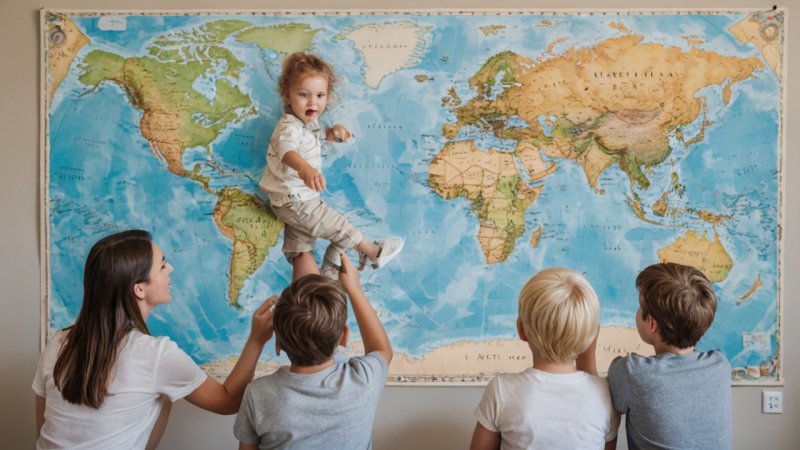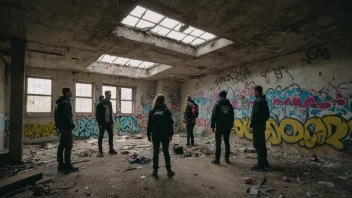Traveling with children can be an adventure, but getting them involved in the planning process can elevate the experience for everyone. When kids play a role in deciding on destinations, activities, and accommodations, they tend to be more excited and engaged. Not only does it teach them valuable skills, but it also fosters a sense of responsibility and ownership over the trip. Here are some creative ways to involve your kids in travel planning, ensuring they have a memorable experience that they'll cherish for years to come.
1. Destination Brainstorming
Start your planning by brainstorming potential destinations as a family. Gather around the dining table or a cozy living room and encourage each child to suggest places they’ve heard of or would like to visit. You can:
- Make a list of family favorites, such as national parks, beach resorts, or historical cities.
- Use a world map or globe to visually appeal to younger kids, allowing them to point out places they find interesting.
- Set criteria for the trip, such as budget, duration, or activities available, to help narrow down the choices.
2. Research Activities Together
Once you’ve selected a destination, involve your kids in researching activities available in that area. This can be a fun and educational experience, as they learn about different cultures and attractions. Here’s how to make this process engaging:
- Utilize kid-friendly websites and videos to highlight attractions, such as theme parks, museums, and outdoor adventures.
- Create a list of must-see sights or activities, and allow each child to pick one that excites them the most.
- Discuss the importance of balancing relaxation with exploration to ensure everyone has a fulfilling experience.
3. Plan the Itinerary Together
After gathering information on activities, sit down with your kids to craft the itinerary. This can teach them about time management and prioritizing interests. Here are some tips:
- Use a calendar or planner to visualize each day’s activities and highlight downtime for relaxation.
- Encourage kids to estimate how long they think each activity will take, helping them understand time constraints.
- Be flexible and open to changes; kids may have spontaneous ideas that can enhance the trip!
4. Budgeting and Saving
Involving kids in budgeting can be a great learning experience that teaches them about finances and the value of money. Here’s how you can approach this:
- Discuss the overall budget for the trip, breaking it down into categories such as transportation, accommodation, food, and activities.
- Assign a small budget for kids to spend on souvenirs or snacks, giving them a sense of ownership over their spending.
- Encourage them to save up for the trip by doing chores or small tasks, instilling the concept of earning and saving money.
5. Packing and Preparation
As the trip approaches, involve your kids in the packing process. This helps them understand the importance of being prepared and can reduce stress on departure day. Consider these strategies:
- Make a packing list together, allowing each family member to include personal items they want to bring.
- Encourage kids to choose their outfits, teaching them about weather-appropriate clothing and mix-and-match styles.
- Have them pack a small travel bag with their favorite toys or books to keep them entertained during the journey.
Involving your kids in travel planning not only makes them feel valued but also enriches the overall family experience. From brainstorming destinations to packing their bags, each step brings excitement and anticipation for the adventure ahead. As you embark on your journey, remember that the memories made during the planning process are just as precious as the ones created during your travels.






